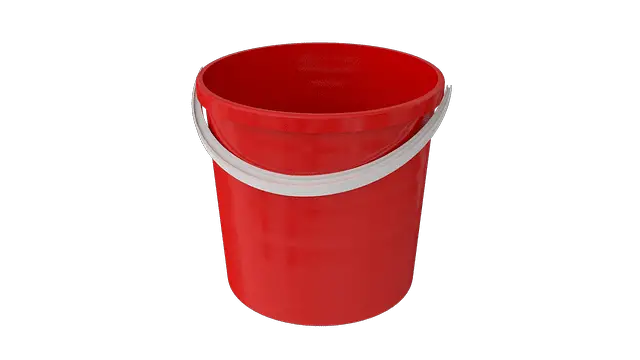Swimming pools are a great source of fun, relaxation, and exercise for families during the hot summer months. However, maintaining a swimming pool can be a bit of a challenge, especially when it comes to detecting leaks. A leaking pool can lead to significant water loss, higher utility bills, and even structural damage to the pool.
The bucket test is a simple and effective way to check for leaks in a swimming pool. This test involves using a bucket to measure the rate of evaporation in the pool compared to the rate of evaporation in the bucket.
By doing so, you can determine if your pool is losing water due to evaporation or if there is an underlying issue causing the leak.
How To Do The Bucket Test For Pool Leaks
To perform the bucket test, follow these simple steps:
Step 1: Fill a clean bucket with pool water to about an inch from the top.
Step 2: Place the bucket on the first or second step of the pool. Do not fully submerge the bucket though.
Step 3: Mark the water level on the inside of the bucket with a waterproof marker. Also mark the pool water level on the outside of the bucket.
Alternatively, you can add a piece of tape vertically on both the inside and outside of the bucket in Step 1 and then mark the water level with the marker over the tape.
Step 4: Turn off the pool pump and let the pool sit for 24 hours.
Step 5: After 24 hours, compare the water level in the pool to the water level in the bucket. If necessary, mark the new water levels on both the inside and outside of the bucket and measure with a measuring tape. If the pool water level has dropped more than the bucket water level, your pool has a leak.
If for example, your test shows that the bucket water drops by 3/8″ and the water level of the pool dropped by more than that, you have a leak in your pool.
What The Bucket Test Measures
Even if you understand the instructions, you might be wondering exactly what is going on and why the bucket test works!
The bucket test simulates evaporation conditions in your pool and compares it after a period of time to see if the water inside the bucket evaporates at the same rate as the water in the pool. If your pool rate of evaporation is higher, it typically indicates a leak.
Evaporation is a reality for pool owners. During hot and sunny days combined with splashing of water during swimming and backwashing of the filter, you lose water. You can easily lose 1.5″ of water in a week during very hot and sunny weather during the pool season.
So by filling a bucket with water and marking both its level and the current water level in your pool, you’re discounting the evaporation since both the bucket and pool water should evaporate at the same time.
If you see a larger level of water loss in the pool than in the bucket, you have a water leak in the pool.
Conditions To Consider When Doing The Bucket Test
- If you get rain during the test, you’ll have to do the test again when the rain has stopped.
- Repeat the test again if it’s very windy as strong wind can cause water loss.
- Fill the bucket with enough water to ensure it doesn’t float and will stay in place.
- You can’t use the pool or run the pump for the duration of the test.
Common Reasons For Pool Leaks
If your pool fails the bucket test, you will need to investigate the cause of the leak. Common reasons for pool leaks are listed in the table below:
| Reason for Leak | Explanation |
|---|---|
| Plumbing | Leaks in the pool’s plumbing system, including pipes, valves, pump, heater, or filter. |
| Liner | Damage to the pool liner caused by sharp objects or age-related wear and tear. |
| Cracks | Structural cracks in the pool’s concrete or fiberglass shell. |
| Skimmer | Leaks in the pool’s skimmer caused by cracks or faulty installation. |
| Waterfalls, Fountains, or Jets | Leaks in the pool’s decorative features, including waterfalls, fountains, or jets. |
| Ground Shift | Shifting ground can cause damage to the pool’s structure or plumbing. |
Once you have identified the cause of the leak, you can take steps to repair it. Depending on the severity of the leak, you may need to hire a professional to fix the problem.
Final thoughts
The bucket test is a simple and effective way to determine if your pool has a leak. By performing this test, you can identify leaks early and take steps to repair them before they cause significant damage. Remember to perform the test regularly to ensure your pool stays in tip-top shape if you suspect a leak.

